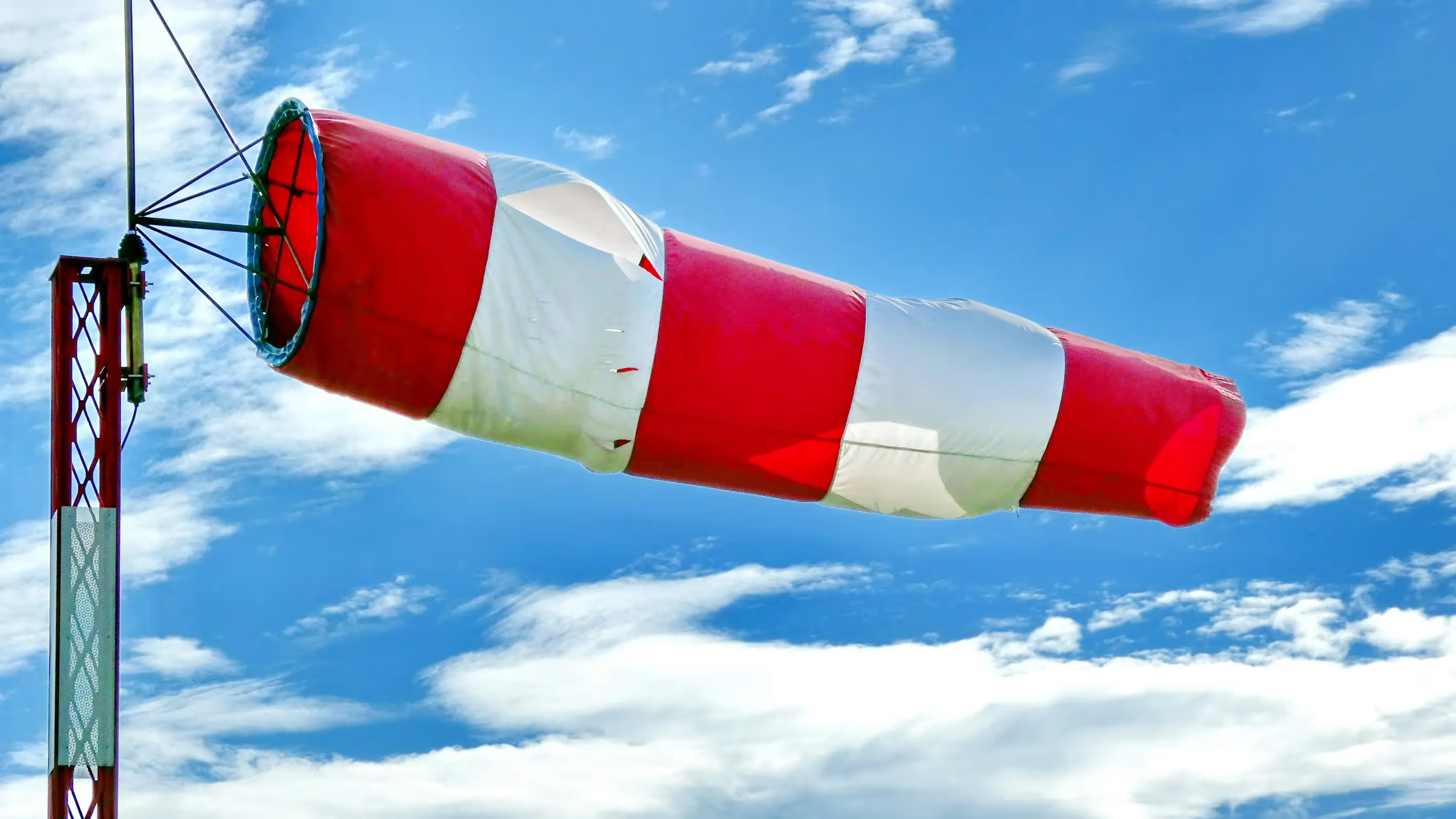Understanding Weather Patterns: A Look into Atmospheric Sciences and Meteorology
Introduction
The study of weather patterns, dormant beneath the umbrella of atmospheric sciences and meteorology, is a fascinating field teeming with possibilities. It not only plays an integral role in understanding and predicting weather trends but also holds the key to resolving some of the most pressing environmental issues of our time.
Just like wizards of weather, atmospheric scientists and meteorologists can predict thunderstorms, hurricanes, and even help us plan our weekend picnics. They navigate the mysteries of the skies and oceans, decoding the secret language of wind streams, temperature levels, and humidity conditions. Let's dive deeper into the enthralling world of atmospheric sciences and meteorology today.
Atmospheric Sciences: Lifting the Veil Off the Sky
Atmospheric science is a broad field encompassing various specializations, all focused on the study of Earth's atmosphere and its processes. Courses in atmospheric sciences involve studying various atmospheric phenomena, understanding clouds, exploring the causes of different weather patterns, and examining the effects of pollution and climate change on the weather.
As we grapple with the changing climate and escalating environmental issues, atmospheric scientists are becoming indispensable, working assiduously to understand and predict weather changes, study pollution's effects, and develop climate models that can help us prepare and adapt to our changing world.
Meteorology: Making Sense of Weather Chaos
Meteorology, a branch of atmospheric sciences, is specifically focused on weather processes and forecasting. Even though the terms atmospheric science and meteorology are often used interchangeably, meteorology is more tightly bound to weather forecasting.
As a meteorology student, your curriculum will feature learning about the science behind weather phenomena, how to use sophisticated forecasting tools and software, and interpreting meteorological data. Not only will you get to predict what weather will the day bring, but you'll also contribute to climate change studies and advancing the technology for prediction models.
Education in Atmospheric Sciences and Meteorology
Universities offer a wide range of degrees in both Atmospheric Sciences and Meteorology. Bachelor’s degrees give students a well-rounded knowledge of the field, encompassing everything from Climate Systems to Fluid Dynamics. Master’s and Ph.D. programs delve into more detail, focusing on research and development and providing students with the opportunity to specialize in areas like climate modeling or air pollution control.
Remember, this field isn't just for weather enthusiasts. Given the global attention on climate change, there are plentiful career prospects across public and private sectors, ranging from weather forecasting and environmental consulting to climate change research and policy development.
Conclusion
Atmospheric sciences and Meteorology stand proudly at the intersection of fascination and need. With increased awareness about climate change and the essential need for sustainable practices, the field's importance has never been so profound. As a student considering a university degree in these subjects, you will be part of an exciting journey of learning and discovery, contributing to a critical cause and possibly helping shape the planet's healthier & safer future.
If you enjoyed reading and learning about Atmospheric Sciences and Meteorology as much as we did telling you about it, why not take a step further? Turn your interest into a rewarding career that combines passion with purpose, and who knows, you might very well become the future pioneer in predicting climatic patterns or the hero in our battle against climate change.







.avif)








.svg)



